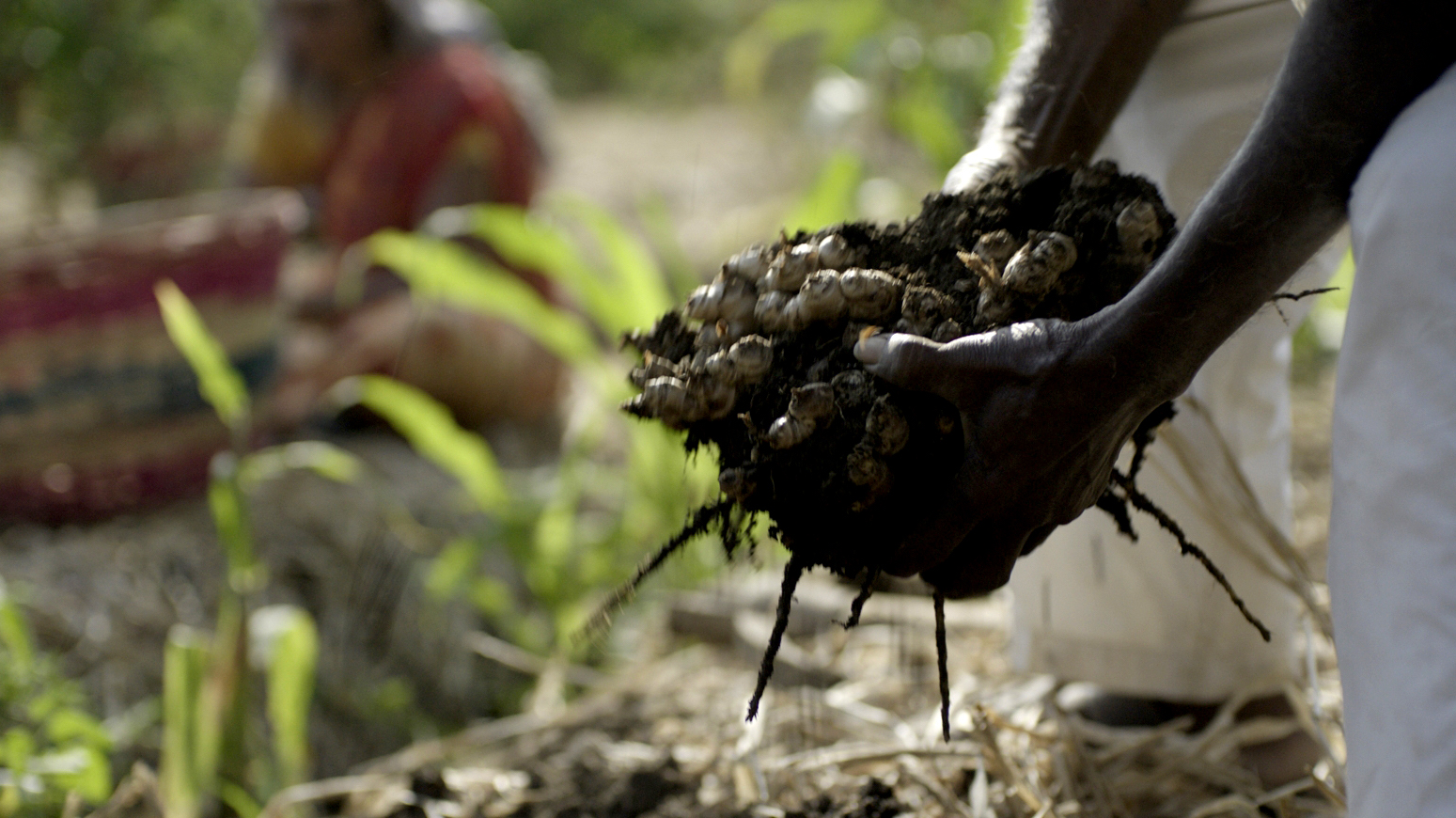How Ginger Teaches us to Think Differently
If you've ever sliced into a knobby piece of ginger, you've met a rhizome face to face. Ginger isn’t a root in the traditional sense. Instead, it’s a rhizome, a kind of underground stem that spreads out horizontally, sending up shoots and putting down roots as it goes. It grows not as a central trunk with branches, but as a system of nodes and offshoots. It's a bit of a botanical rebel: no beginning, no end, just a web of connections.
And strangely enough, philosophers Gilles Deleuze and Félix Guattari found inspiration in just that kind of growth. In A Thousand Plateaus, they propose the rhizome as a metaphor for a non-hierarchical way of thinking—one that's decentralized, sprawling, and unpredictable. Unlike trees, which model knowledge as vertical and linear (think family trees or flow charts), rhizomes model knowledge as multiplicity: things interrelate sideways, diagonally, and sometimes in ways that defy tidy logic.
Ginger, then, is not just a cooking staple or a home remedy. It’s a living model of thinking differently.

Let’s zoom in on the farm. Ginger thrives in tropical and subtropical climates, cultivated most successfully in systems that embrace biodiversity, soil health, and circular economies. Traditional intercropping systems, especially in parts of India and Southeast Asia, often grow ginger alongside turmeric, bananas, or legumes - plants that replenish nutrients or offer mutual pest resistance. This isn’t monoculture. It’s rhizomatic agriculture.
In fact, ginger doesn’t do well in isolated conditions. It needs community: good fungi in the soil, cooperative neighbors, careful shade. It thrives when the ecosystem does. This is where the botanical rhizome and the philosophical rhizome meet: both resist linearity, both embrace networks, and both suggest that health and sustainability come from connection, not control.
For those working toward sustainability in agribusiness, ginger offers more than flavor - it offers a model. To think rhizomatically is to consider systems rather than silos, cycles rather than chains. It asks us to value lateral relationships: between species, between farmers and land, between traditional knowledge and modern techniques.
And maybe, in a world that often demands top-down efficiency, ginger reminds us to spread out, to connect sideways, to root in multiple directions.
So next time you peel a piece of ginger, take a moment to appreciate the tangled wisdom beneath its skin. It’s not just a spice. It’s a philosophy.